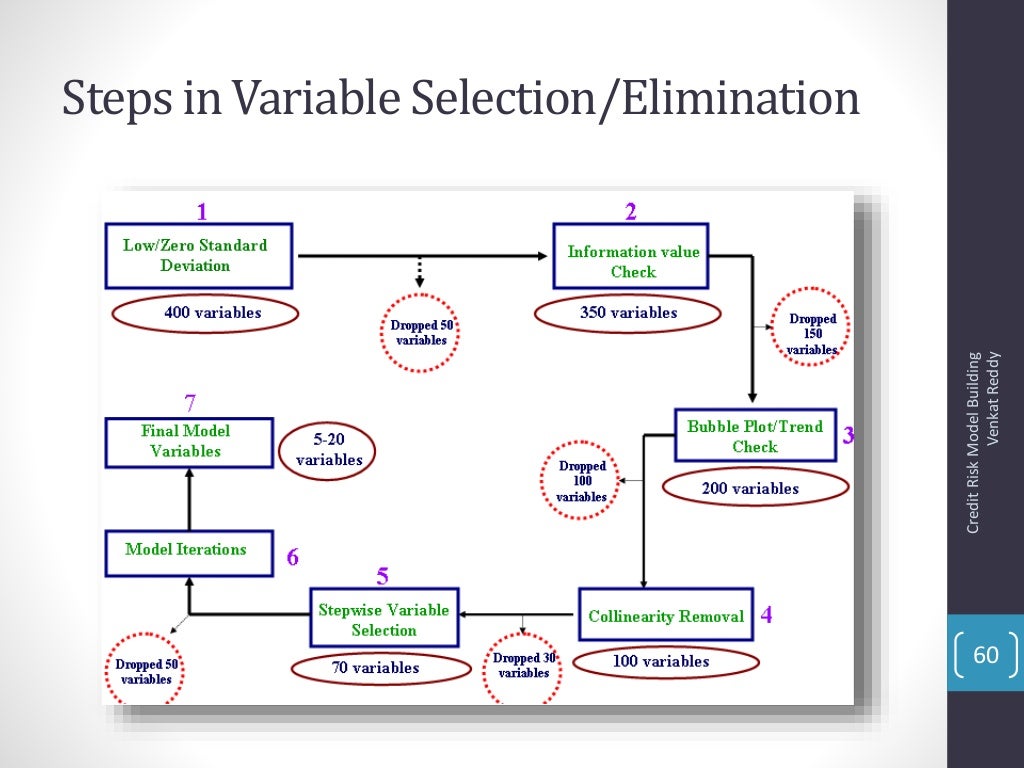

It may arise in the single form of single name concentration even industry concentration. This is the type of credit risk which is associated with exposure of any single or group with the potential to produce large losses to threaten the core operations of a bank. Credit default risk is also checked by banks before approving any credit cards or personal loan. The Credit default risk impacts all the sensitive transactions which are based on credit like loans, derivatives or securities. The risk of loss which arises from the debtor being unlikely to repay the amount in full or when the debtor is more than 90 days past is the due date of credit payment, it gives rise to credit default risk. If the rating is low then the issuer is considered to have a high credit risk of default and alternatively, if it has a high rating then it is considered to be a safe investment. If an investor is evaluating to buy a bond, he will review the credit rating of the bond before the purchase is made.

Some companies have a dedicated department only for assessing the credit risk of its current and potential consumers.ĭue to the help of technology businesses can now analyze the data quickly and assess customers credit risk profile. The five C’s are credit history, capacity to repay, capital, the loans condition, and associated collateral. To assess the credit risk the lenders, look at the five C’s of the borrower. The risks are calculated on the borrower’s ability to repay the loan. Credit risk increases when the borrowers, willingly or unwillingly, are unable to pay. In general, the interest rate will depend on the credit risk, which means higher there is higher will be the interest. In other cases, mortgage insurance or security over assets can be used for credit. They also arise when a consumer is unable to pay an invoice when it is due or when a business does not pay salaries to its employees on time.Ī credit check is performed by the lender to reduce this credit risk on the prospective borrower and it may require the borrower to take insurance which guarantees from a third party of the payment to the lender. Due to this reason, the cost of borrowing can be used to conclude credit risk based on the assessment by the participants of the market.įew cases in which losses can arise when a consumer fails to make the payment or when a company is unable to repay an asset secured debt. Higher borrowing costs are always associated with higher credit risk levels in an efficient market. The loss may be partial or even complete in many cases. Any lender would include this as a first resort which includes principal and interest along with disruption to cash flows and the collection cost. The default risk on a debt that arises from a borrower who fails to make the required payments is called Credit Risk.


 0 kommentar(er)
0 kommentar(er)
